本网站上的单位使用艺术作品介绍哲学讨论的主题。 一些教育工作者要求帮助深入研究单位主题的资源。 本页提供了一些资源,有助于让学生更深入地了解他们的想法。
最明显的继续方法是将相关主题的文章分配给学生,然后讨论这些读物。哲学文章往往很难,所以从文章中给出一个简短的部分也是适当的。 很抱歉,由于版权限制,我无法发布文章给您与您的学生分享。所以我提供了一些链接到的文章,來自斯坦福在线哲学百科全书(SEP),Philosophy Talk播客和Philosophy Now的一些文章。
是哲學值得探討或什麼的資源。 每个条目都有一个很好的参考书目。 它与维基百科不同,来自SEP的每个条目都来自可信来源。 文章的写作水平很高,所以你的学生可能需要你的帮助理解文章,但他们往往是相当全面的。
学生的Philosophy Talk播客是另外⼀個有趣的資源。 众所周知的哲学家都以一种容易理解的方式在展览上讨论问题。 我包括了有关相关主题的讨论的链接。 Philosophy Now是一个流行的哲学杂志。 虽然并不是所有的贡献都是同样好,但你可以找到一些有趣的讨论话题。Philosophy Now的文章都很容易阅读。
如果您需要更多帮助,请与我们联系。
单位1:肖像
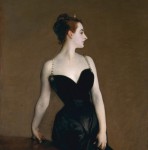
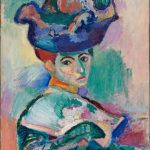
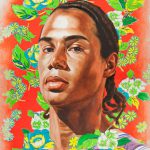
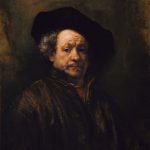
本单位结束时的哲学问题提出了三个问题:美的本质; 自我知识如何不同于我们对他人的知识; 以及客观化是否总是影响我们对他人的看法。 这些是困难和有趣的问题。
美丽
https://plato.stanford.edu/entries/beauty/
https://www.philosophytalk.org/shows/what-beauty
自我知识
https://plato.stanford.edu/entries/self-knowledge/
https://www.philosophytalk.org/shows/self-and-self-presentation
物像化
https://plato.stanford.edu/entries/sartre/#Ont, Section 2.
萨特
https://www.philosophytalk.org/shows/jean-paul-sartre
色情艺术与淫秽
单位2:景观
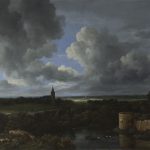
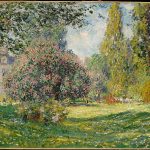

环境伦理是本单元讨论的主题。
https://plato.stanford.edu/entries/ethics-environmental/
https://www.philosophytalk.org/shows/progress-and-environment
单位3:表现主义



这个单元专注于我们的情绪的性质,在心理哲学和认知科学的中心主题。
https://plato.stanford.edu/entries/emotion/
https://www.philosophytalk.org/shows/indispensible-emotions
单元4:抽象艺术
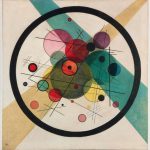
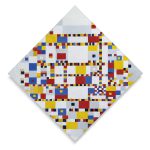

在这里,抽象的意义主题从语言的哲学引入主题,特别是描述和评价之间的差异。
抽象的对象
https://plato.stanford.edu/entries/abstract-objects/
什么是艺术?
https://www.philosophytalk.org/shows/what-art
抽象的概念
约翰·洛克和乔治·伯克利之间有一个有趣的争论,关于是否可以有抽象的想法。 伯克利的导论“人类知识的原则”包含了理论和伯克利批评它的一个很好的介绍。
单位5:概念艺术
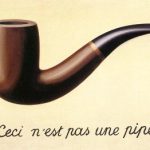
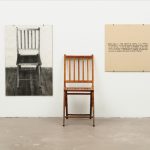

这个单元中的哲学问题与概念艺术本身有关,特别是在传统上被认为是非语言的,想象的媒介中使用语言。
https://plato.stanford.edu/entries/conceptual-art/
https://philosophynow.org/issues/108/The_Hard_Case_of_Duchamps_Fountain
单位6:摄影



本单位提出两个问题。 第一是现实主义的性质和摄影是否是一种内在的现实艺术形式的问题。 第二个重点是电子生产的性质,即当代摄影的主导形式。
现实主义
肯德尔·沃尔顿,“透明图片:在摄影现实主义的性质” 重要调查,Vol. 11,No. 2(1984),246-277。
[这是一篇重要的文章,但也很难。]
电子艺术
https://plato.stanford.edu/entries/digital-art/
般摄影
https://philosophynow.org/issues/95/The_Ontology_of_Photography_From_Analogue_To_Digital
[Philosophy Now 是一个流行的哲学杂志。]